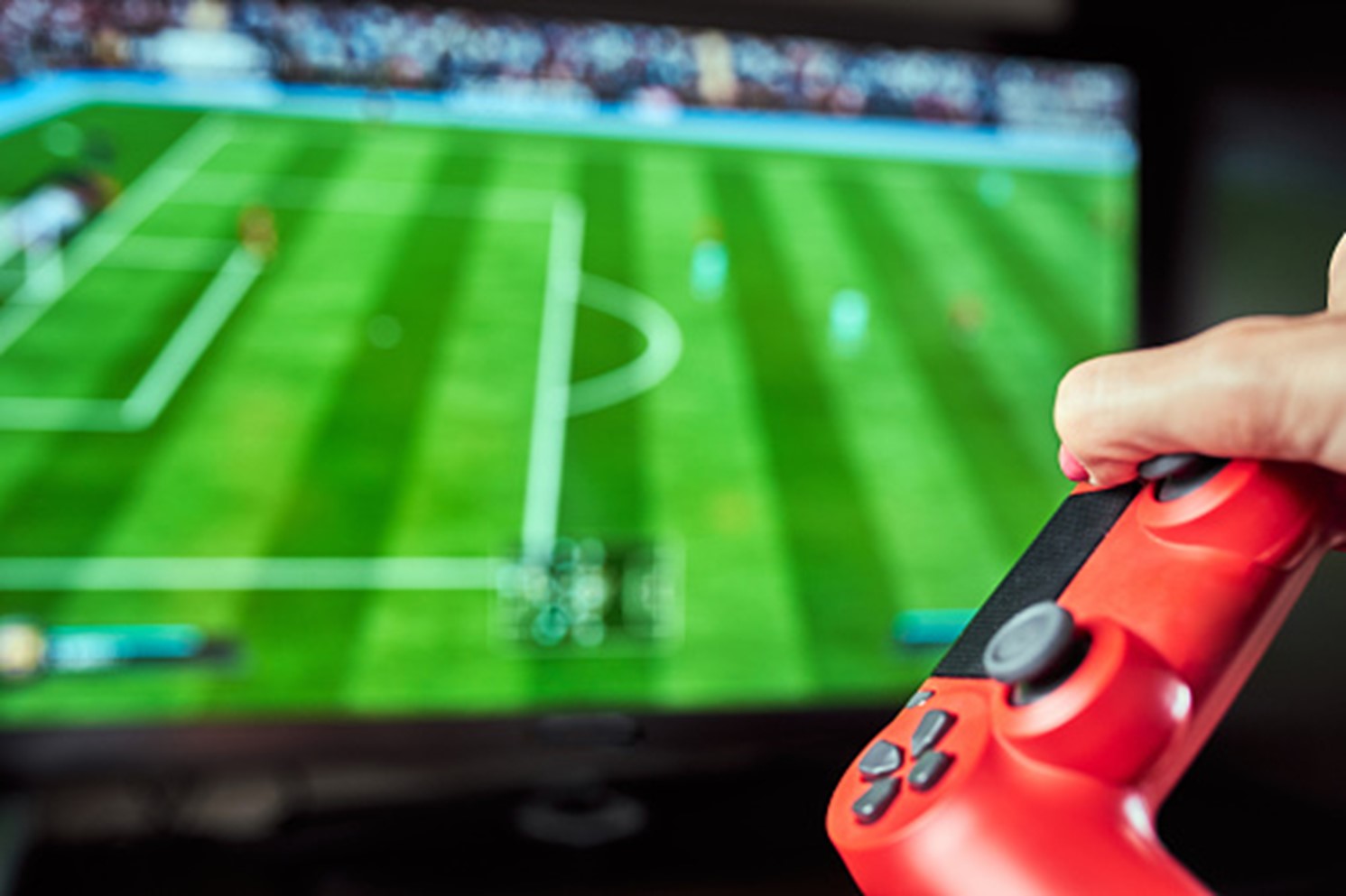The growing prevalence of video gaming, especially among youths, is often viewed as the reason behind the low levels of physical activity and the rise of obesity among young people. This myth, however, has been contradicted by a study made by Lager & Bremberg et al. (2007), which found no relationship between video game play and physical inactivity or obesity. As Fiorentino & Castelli (2005) have argued, video games can be an important tool for supporting general learning and enhancing physical education.
Video games enhance competition and adaptation:
One of the most important parts of playing any sport is competition (Idtech.com, 2019). Either playing on a team or in an individual sport, wins, losses and competitiveness are all part of the game. But to win a game, whether this is in sports or in video gaming, players should focus on their task without being distracted by the background environment.
A study by Green & Bavelier (2012) showed that video games can increase our ability to adapt to new environments, remain focused on winning and increase our overall competitiveness.
Video games increase body coordination and responsiveness skills:
In every sport, ranging from playing baseball to playing golf, players need to coordinate their actions.
A study conducted by graduate students at the University of Toronto (Humbe, 2017) asked two groups of people – one group with people who never played video games and one group with frequent gamers – to use a computer screen to track a small square moving around. At the beginning neither of the groups had an advantage over the other but, after a while, the group of gamers advanced significantly in relation to the non-gamers.
Furthermore, in most team sports the rate of responsiveness of an athlete is a crucial factor in the success of the team (Jorg, 2012). The exact same thing occurs in video gaming as well. A study by Reynaldo & Christian et al. (2020) showed that gamers have better response-rates than non-gamers and they are also more confident about their decisions.
Incorporating Sports Video games in physical education:
A study conducted by Dr. Daniel Kane at CUNY Kingsborough Community College (2021) showed that playing sport video games helps build connections with real-life sports. Another study by Chukhlantseva & Chukhlantsev (2017) showed that actively using video games in education increases students’ motivation to exercise and improves their motor activity capacities.
The realism of certain aspects of sport video games can introduce key movement concepts to the students (Hayes & Silberman, 2013). For example, golf video games provide explanations of the most suitable alignment from a range of optional visual alignments between the club, the ball, and the hole. In addition, in Wii sports the power the player uses when playing golf is relative to the player’s position and movement when holding the controller. Since the player controls the virtual player’s movements, students can obtain practical information about the experience of playing golf in real life.
Acquiring the language of sports:
Another very important feature of sports is learning the language and the key terminology in each sport or physical activity (Hayes & Silberman, 2013). Sport video games help students learn this language by integrating sport-related terminology in the game play. For example, in Wii tennis the names of particular moves appear on the screen while the movements are executed and/or they can be found in game tutorials. As a result, students not only learn about the terminology of a sport, but also learn the theoretical aspect of the sport activity.
There is a growing number of studies which show that video games in physical education can enhance students’ interest in sports and their motivation to engage in physical exercise. In the COVID-19 era and the constant fear of new lockdowns, students are more likely to be inactive and overweight than ever before. As a result, incorporating sport video games into classrooms could be an enjoyable and engaging way to increase students’ willingness to exercise and help them build new sports-related skills.
Resources
Chukhlantseva, Natalia and Chukhlantsev, Artem, (2017), “The Use of Active Video games in Physical Education and Sport”, https://pathofscience.org/index.php/ps/article/view/292.
Fiorentini and Berardi, (1980), “Perceptual learning specific for orientation and spatial frequency”, https://www.nature.com/articles/287043a0
Green and Bavelier, (2012), “Learning, Attentional Control, and Action Video games”, https://www.sciencedirect.com/science/article/pii/S0960982212001303.
Hayes, Elisabeth and Silberman, Lauren, (2013), “Incorporating Video games into Physical Education”, https://www.tandfonline.com/doi/abs/10.1080/07303084.2007.10597984.
Humbe, (2017), “Video games and Hand-Eye Coordination”, https://sites.psu.edu/ist446/2017/04/23/video-games-and-hand-eye-coordination/.
Id Tech, (2019), “Should video games be considered a sport? Yes! Here’s why…”, https://www.idtech.com/blog/video-games-should-be-considered-a-sport.
Jorg, Sophie, (2012), “How Responsiveness Affects Players’ Perception in Digital games”, https://repository.upenn.edu/cgi/viewcontent.cgi?article=1183&context=hms.
Kane, Daniel, (2021), “An Investigation to Determine if Sport Video games Helps Community College Students Become Interested in Real-life Sports”, https://thesportjournal.org/article/an-investigation-to-determine-if-sport-video-games-helps-community-college-students-become-interested-in-real-life-sports/.
Lager and Bremberg, (2007), “Health effects of video and computer game playing: A systematic review”, https://www.researchgate.net/publication/233903988_Health_effects_of_video_and_computer_game_playing_A_systematic_review
Reynaldo, Charles; Christian, Ryan, et al., (2021), “Using Video games to Improve Capabilities in Decision Making and Cognitive Skill: A Literature Review”, https://www.sciencedirect.com/science/article/pii/S1877050920324698.






